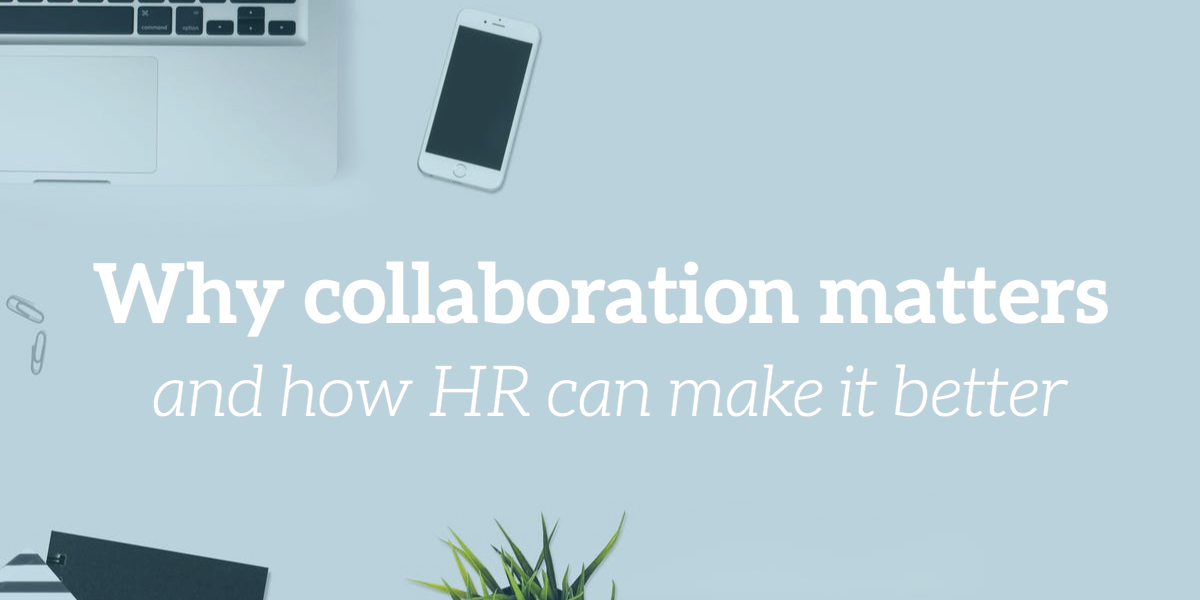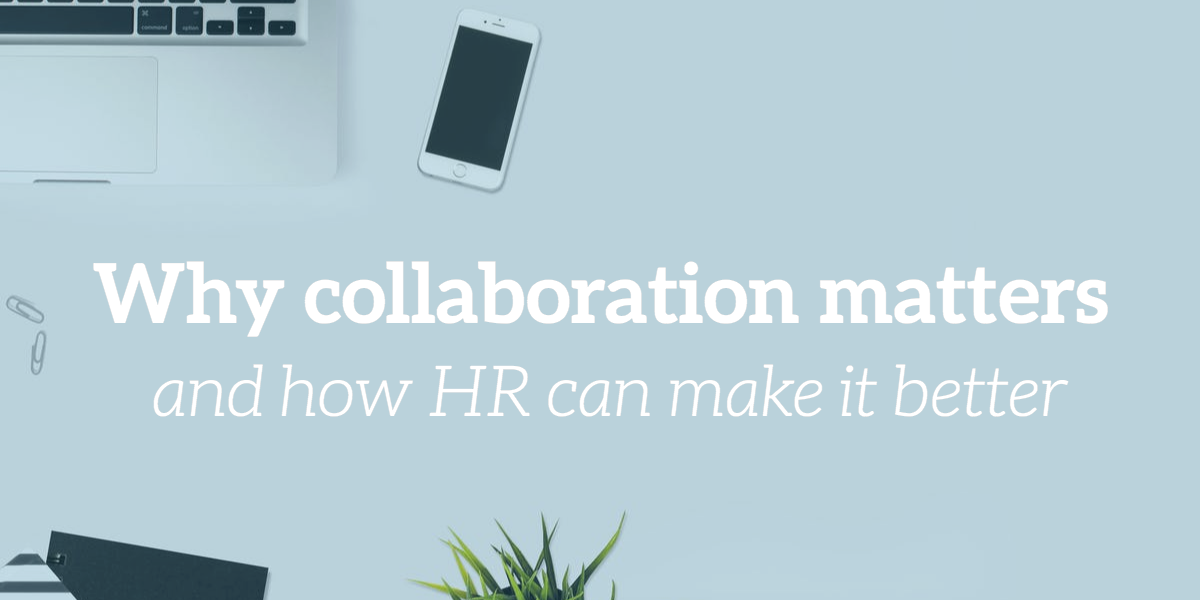
The workforce is paradoxically both more dispersed and more connected than ever before. A manager in New York can have a video conference with business prospects in Japan, while another employee in that same New York office instant messages a coworker at home in California. The Internet has enabled us to be connected in ways previous generations may have never thought possible.
The ability to communicate from just about anywhere in the world brings many new possibilities for companies. We’re seeing fewer employees commute to offices, choosing instead to work from the comfort of their homes or in collaborative coworking spaces. The idea of expanding a company regionally or nationally—even globally—has become more of a reality today than before.
As companies expand their presence, be it through larger work campuses, multiple office locations, remote workers, or international clients, some downsides do exist. While employees may not be chained to cubicles or conference rooms anymore, something can be lost when employees are not physically present in the same room or office space: collaboration.
Collaboration is not limited to physical proximity, and physical proximity does not guarantee collaboration either. But, physical proximity can lend itself more smoothly to collaboration among coworkers and teams compared to those working in different office locations or even different floors of a building.
How can you improve collaboration among different teams, office locations, and remote workers? And why does collaboration even matter?
Why collaboration matters
Collaboration in the workplace brings people with different backgrounds, skills, expertise, and perspectives together to brainstorm ideas, overcome obstacles, and utilize creative problem solving for the betterment of the company.
We’ve all heard the age-old adage: two heads are better than one. In the workplace, putting two, three, even four heads together means giving a fresh outlook on challenges or ideas to provide innovative thinking and boost productivity in a way that helps increase efficiency for the business.
Study after study shows collaboration boosts productivity. A Fierce, Inc. study revealed that a lack of collaboration in the workplace can lead to workplace failures. Without meaningful collaboration, companies aren’t able to maximize their potential.
It’s also important to note that the real value of collaboration comes from the diversity of the group. Every workplace utilizes teams and departments to segment people with different skills working on different projects. When these departments or teams lack communication with each other, productivity can suffer. You could have two separate departments working on different aspects of the same project without ever knowing what the other is doing. If these teams are allowed to cross-pollinate, they’d be able work smarter and more effectively.
When employees or departments work separately and without proper communication, we call this the silo effect. This can be extremely damaging to productivity. Making thorough communication a top priority is crucial to keep the silo effect from setting in.
Segmentation is good when...
Different people specialize in different skills to maximize the value of the whole and increase productivity.
Segmentation is bad when…
People and teams do not communicate with each other. This can lead to exclusion, unhealthy competition among departments, or plain wasted time.
How to maintain collaboration
While segmentation is necessary to keep the wheels of your business turning, a culture of segmentation that leads to exclusion is toxic to productivity. But how do you maintain collaboration when teams work in different departments or locations?
Tips for managers
Keep managers meeting together and informed of what the other departments are doing. Disagreement among leadership or middle management can lead to siloed teams. Keep your management communicating with one another to help that same communication and ‘team spirit’ trickle down to their employees.
Whenever possible, look for opportunities to bring in people from different departments to work together on a project. This kind of change up can provide a fresh outlook for all involved while encouraging collaboration in new ways.
Remind employees about company goals and department goals—and how they all work together. Connecting the dots between what a single department is doing today and what a company aims to do over the next ten years is great for employee engagement. When employees understand where they fit with each other in the company’s big picture, they feel empowered to contribute.
Tips for the general workplace
Try removing assigned seating or dedicated desk spaces. The rising trend of “hot desking” gained popularity for good reason: Vodafone research states that flexible working spaces could save companies in the UK alone some $43 trillion per year.
Take a page from Pixar’s book, and give “overlap zones” a try. In their offices, Pixar intentionally placed elements of the workspace in areas that would encourage interaction among employees who may not normally see each other in a typical workday. By causing employees from different departments to “overlap” in their daily routines and pathways, Pixar boosted interaction and encouraged relationships across teams to improve collaboration.
Encouraging collaboration in the workplace and among teams doesn’t have to be complicated. Sometimes it can be as simple as Taco Tuesdays to cause employees to mix and mingle with one another in ways they may not on a normal workday.
Tips for remote workers
According to the State of Telecommuting Report of 2017, 3.9 million U.S. workers (roughly 3 percent of the total workforce in the U.S.) work from home at least half of the time or more. That’s a 115% increase since 2005. The cloud has been a major driver in this increase and has changed a lot about the way businesses do work. In a TrackVia survey, 47% of companies polled said the cloud has increased their productivity, and 40% said the cloud has enabled them to increase flexibility in their companies. Because of this, more and more modern companies are adding some degree of workplace flexibility for their employees, and some companies are made up entirely of remote workers.
How can you improve collaboration for remote workers? First, try examining your communication style. For a generation who entered the workforce before the internet, learning to send a quick email instead of picking up the phone probably caused some growing pains. Your company’s methods of communication have to evolve with the times.
Just as email took over phones, instant messaging apps are taking over email. Examine your current communication standards (even the unspoken ones) at your workplace and see how they fit for remote workers. If instant messaging is reserved for more pressing items, and a new employee uses chat to check a status update, that may come across as needy to a veteran employee who understands the unspoken rules of email vs chat. On the other hand, if your team is pro chat for day-to-day communication, you want your new employees to feel comfortable using that over a formal email.
Evernote, a note-taking and organization app, believes in the importance of establishing a communication code for employees so everyone is on the same page about how to communicate with one another. According to the Beat Buhlmann of Evernote:
“It is important to establish communication rules in a joint team-code-conduct manner that includes teams and their wishes directly in the creation. When do we use chats? Why do we write emails? At what point do we pick up the phone? These answers should be a joint effort and one that is reflective of the team’s efforts versus that of one person.”
In addition to establishing your communication code, you may need to add video calls or wireless speakers to your conference rooms to ensure remote workers can feel a part of the meeting even if they’re not physically present.
The more comfortable remote workers are with the norms of communication and their ability to connect with their coworkers, the more space there is for collaboration to happen.
Helpful tools for collaboration
These methods of collaboration generally require the use of some key communication tools. Here are a few to consider:
For document management and file sharing, try Google Drive, Dropbox, or Box.
For real-time collaboration on documents, spreadsheets, slides, and more, try Google’s G Suite.
For instant messaging for internal office communication, try Slack. A survey of Slack users found that teams using Slack reduced email use by 48.6% and became 32% more productive.
For project management, try Trello, which helps team members collaborate on projects and keep track of what’s happening, all in one place.
For HR and payroll, try Fuse. With Fuse’s HCM system, you can manage all things HR and payroll on the cloud, wherever you are and wherever your employees are. Not only can your HR and payroll teams work together, but Fuse also allows employee self-service to enable employees to keep up with their HR-related needs.
Whether you have a large campus, multiple offices, or a team of remote workers, encouraging collaboration among employees and teams is key to the productivity and success of your organization. As an HR professional, you have the power to help shape an environment that promotes collaboration and teamwork. The results will not only help your business but your employee satisfaction too.


